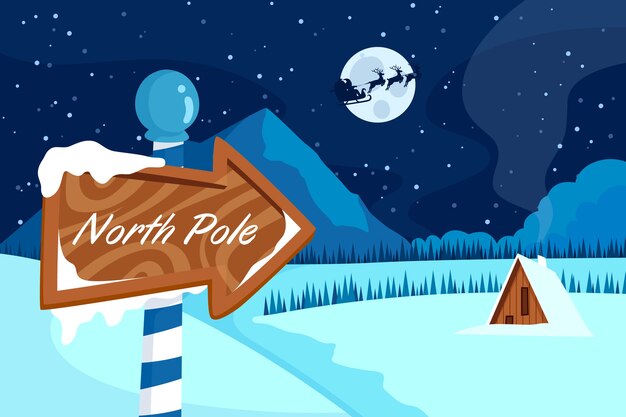Exploring the Fascinating World of Tundra – Fun Facts You Didn’t Know

The tundra is the coldest biome on Earth.
It covers approximately 20% of the Earth’s land surface.
The word tundra comes from the Finnish word tunturia meaning treeless plain.
There are two types of tundra: Arctic tundra and Alpine tundra.
The Arctic tundra is found in the Northern Hemisphere, while the Alpine tundra is found in high mountains.
The tundra has a short growing season, usually about 50-60 days.
Many animal species in the tundra have adapted to the extreme cold by growing thick fur or feathers.
The tundra is home to the largest land predator, the polar bear.
The tundra is also home to the smallest mammal, the Arctic shrew.
Despite the harsh conditions, the tundra is home to more than 1,700 plant species.
The tundra has permafrost, which is a layer of permanently frozen soil.
Due to permafrost, trees cannot grow in the tundra.
The tundra is a breeding ground for many bird species, including the snowy owl and the Arctic tern.
Many migratory birds travel thousands of kilometers to breed in the tundra during the summer.
The tundra is a great place to see the Northern Lights because of its clear skies and lack of light pollution.
In some parts of the tundra, the sun doesn’t set for several months during the summer.
The tundra is an important carbon sink, storing massive amounts of carbon dioxide in its frozen soil.
The tundra is known for its stunningly beautiful landscapes, with vast expanses of snow and ice.
Exploring the Fascinating World of Tundra – Fun Facts You Didn’t Know part 2
The tundra has a low biodiversity compared to other biomes, but it is rich in unique and specialized species.
Reindeer are native to the tundra and are an important part of the indigenous peoples’ culture and economy.
The tundra is often called the cold desert because of its dry and barren appearance.
Some tundra plants, like the Arctic poppy, have adapted to absorb heat from the sun and warm up their flowers to attract pollinators.
The tundra is a fragile ecosystem that is highly sensitive to climate change.
Melting permafrost in the tundra releases large amounts of greenhouse gases, contributing to global warming.
The tundra’s extreme cold and lack of trees make it difficult for humans to survive without proper clothing and shelter.
The tundra is home to many unique and adaptive animals like the muskox, Arctic fox, and lemmings.
Many animal species hibernate during the long winter months in the tundra.
Mosses and lichens are the dominant plant species in the tundra, covering the ground in colorful patches.
The tundra is a challenging environment for plants due to the strong winds, cold temperatures, and short growing season.
The tundra is known for its buzzing and buzzing insects, including mosquitoes and black flies.
There are around 150,000 lakes in the tundra, often formed by melting permafrost.
The tundra is an important breeding ground for caribou, which undertake long migrations in search of food.
The tundra is a great place for stargazing due to its remote location and lack of light pollution.
The tundra is home to the longest-lived vertebrate, the Greenland shark, which can live for over 400 years.
The tundra is a favorite spot for wildlife photographers who capture its unique beauty and wildlife.
The tundra has a fragile ecosystem, and even small disturbances can have long-lasting effects on the environment.
Despite the harsh conditions, there are indigenous communities that have been living in the tundra for thousands of years.
The tundra is a popular destination for adventurous tourists who want to experience its unique landscapes and wildlife.
The tundra has inspired many artists and writers with its breathtaking beauty and remote solitude.
The tundra is an important breeding ground for many migratory bird species, including the Arctic tern, which travels from the Arctic to Antarctica every year.
The tundra is a natural laboratory for studying the effects of climate change on ecosystems.
The tundra’s sparse vegetation and short growing season make it challenging for herbivorous animals to find enough food.
Despite its harsh conditions, the tundra is home to a surprising variety of life, including bacteria and fungi that can survive in extreme cold.
The tundra experiences extremely low rates of decomposition, meaning that dead plants and animals can stay preserved for thousands of years.
The tundra is a paradise for adventure seekers, with opportunities for ice climbing, dog sledding, and snowshoeing.

